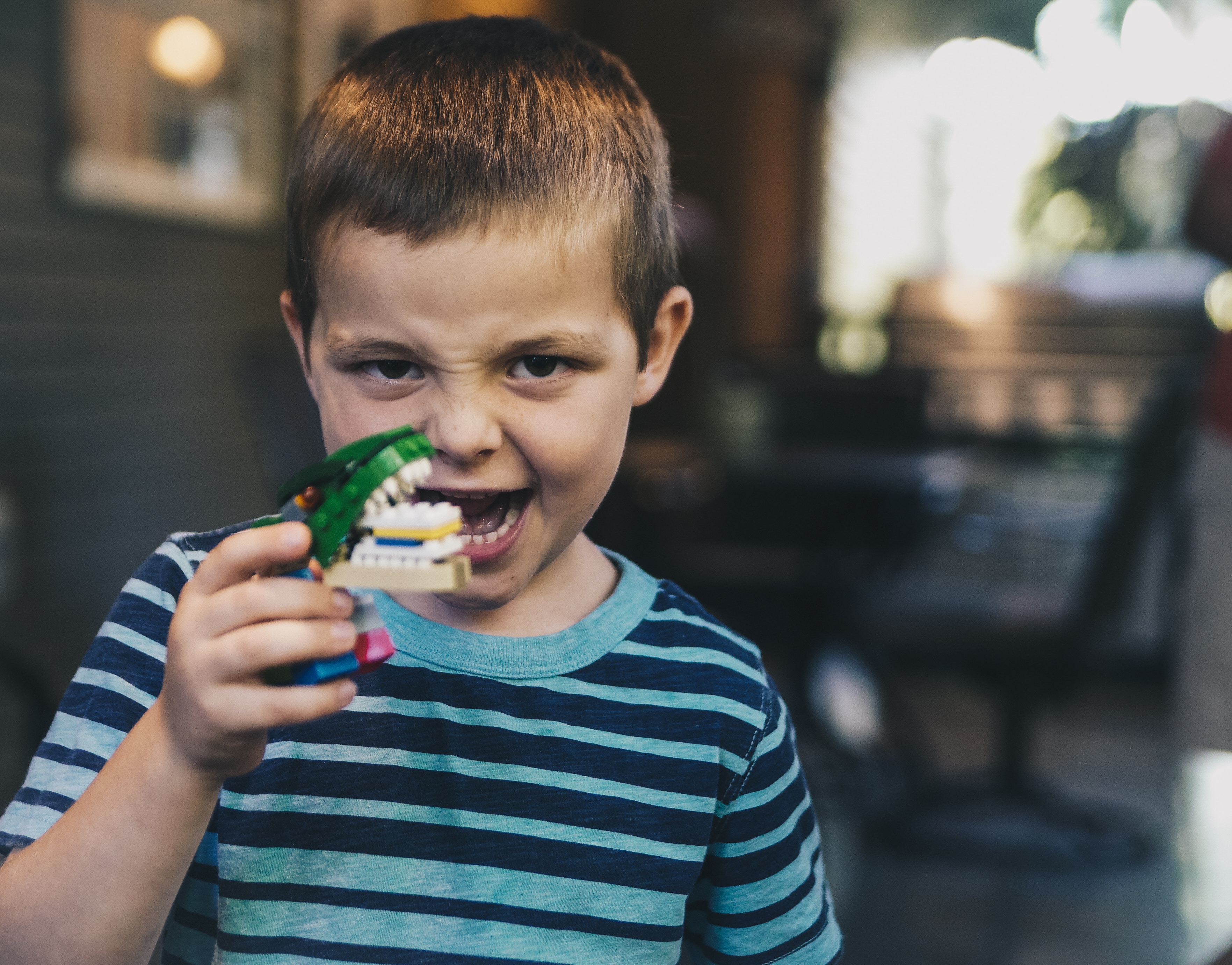
What is a Spitz nevus?
Nevus (Nee vis) is a medical name for a mole. A Spitz nevus is a type of mole named after Dr. Sophie Spitz who first described it.
In the past, Spitz nevi were called “benign juvenile melanoma.” This name is no longer used since melanoma is a type of skin cancer and Spitz nevi are benign moles.
WHAT DOES A SPITZ NEVUS LOOK LIKE?
A Spitz nevus often looks like a pink, raised bump. It can also be a blue, brown, or black flat mark or raised bump. When a Spitz nevus first appears, it will typically grow for a few months. After that time, the Spitz nevus should stop growing and stay the same size, shape, and color. After a few years, Spitz nevi sometimes get smaller, flatter, or even disappear.
HOW IS A SPITZ NEVUS DIAGNOSED?
Some Spitz nevi can be diagnosed by a dermatologist examining them. Sometimes they need to be biopsied (a skin test where the mole is removed and evaluated) to be diagnosed.
WHAT IS THE TREATMENT?
Not all Spitz nevi need treatment. Most of the time, they are watched over time for changes. Measuring the mole’s size and taking photographs of it will help the doctor monitor for changes in size, color, and shape. Spitz nevi can be removed surgically. Surgical removal is recommended for Spitz nevi with concerning features or changes. Spitz nevi should not be removed or treated by burning, scraping, freezing, or laser. Talk to your doctor about the best treatment for your child’s moles.
HOW CAN I MONITOR MY CHILD’S MOLES?
Check your child’s moles periodically. Call your dermatologist if you have concerns or see a mole changing. Changes to look for include: growing, changing color or turning black, bleeding, itching or pain, or multiple colors within a mole. If a Spitz nevus has been removed from your child’s skin, continue to watch the scar and return to your doctor if there are new colors, lumps, or pain within the scar.
HOW CAN I PROTECT MY CHILD’S SKIN?
When your child is outdoors, protect the skin with hats and clothing. Wear long sleeves and pants when possible. Look for sun-protective clothing like rash guards (swim shirts), and clothes with a high UV Protection Factor (UPF). When possible, avoid mid-day sun and seek shade. Use sunscreen on exposed skin, and reapply often to prevent sunburns and skin damage. Protecting from the sun helps prevent changes in your child’s nevi.
© 2018 The Society for Pediatric Dermatology